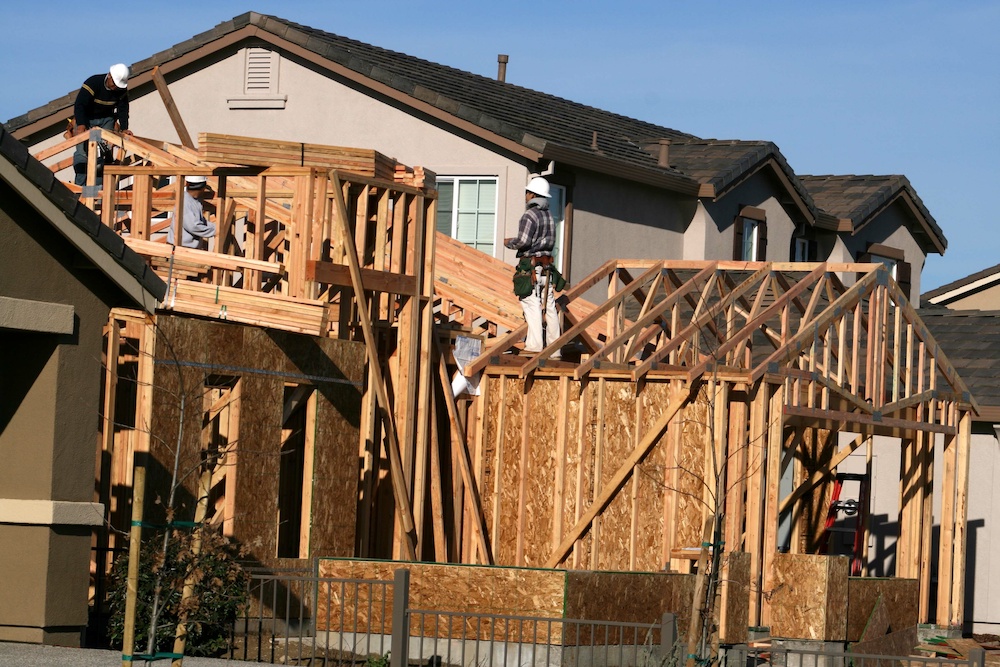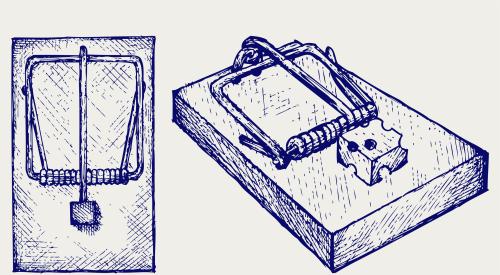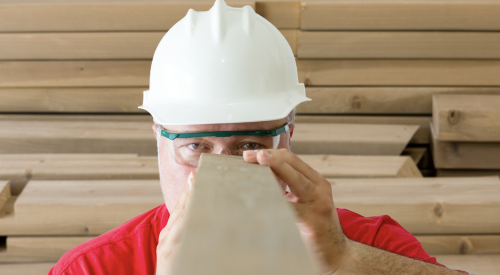Understanding buyer behavior is critical for sales and marketing alignment.
Yet, all too often ignored in the process are the actual end-users—installers, tradespeople—and their important role in the “path to purchase” for building product brands.
Do you really appreciate who uses your product?
As someone responsible for a team of sales and marketing professionals, how aware are you of the specific aspirations of your end-users? Yes, building product brands must rely on specifiers and influencers like designers, architects, and purchasing managers. But how many installers have your team met with recently?
Let’s be honest. When was the last time your sales and marketing team had conversations with a general contractor, a construction manager, or a professional who wears a hard hat every day? Does your brand know firsthand what installers really think of your product as well as the competition? And how do users fit into a “customer-first” strategy?
Jobsite visits are commonly reserved for times when there’s a problem. After all, installation issues cause delays. And delays cost money. Visiting a job site under those conditions, however, isn’t ideal. Does the feedback loop from those stressful, defensive events cycle back effectively into new product development? Sales force training and marketing programs?
What if your team sets aside a dedicated portion of the time—typically spent on direct sales calls and campaign development—and instead, invested in a process for indirect sales calls?
Meet your end users where they are
Understanding how people install a product in the field—and getting to more intimately know those users—will help to better define the role of your building product brand’s offerings. Consider how much more effective training and motivating sales reps will be, while also growing inspiration and promoting better-aligned sales and marketing teams.
It’s critical to authentically grasp how products that are developed and sold actually get used by the people who work with them every day. Do salespeople fully appreciate the needs and aspirations of those end users? What challenges can be addressed, and solved, for those audiences before problems arise? What needs can be better anticipated? What insights can be gleaned? And what improvements can be applied to the processes?
Making it a regular practice to visit job sites will open up opportunities that may have been overlooked. Serving as an “incubation” lab, actionable insights can be germinated there for innovations that can be applied to products and solutions already in the channel. And those in development. Perhaps an opportunity will arise to forge strategic partnerships with manufacturers of products that get used alongside yours. Or you’ll discover a new way to fulfill a previously unconsidered need.
It’s an opportunity to analyze craftspeople at work. To discover unexpected behaviors that would never be recognized from the vantage of a desk or the factory floor.
Watching for those little things they’re doing. Or just as important, not doing.
While it’s critical to base research on what numbers and data show the qualitative observations gained from job sites can contribute invaluable context.999 Yes, field visits are time-consuming. And job sites can be intimidating. But they can also provide a significant return on investment.
Following are six tips to keep in mind before embarking on a job site visit.
Secure the necessary permissions
Construction sites may not welcome unannounced visits from salespeople or management so make sure to ask when it would be convenient to call on the general contractor or construction team. Explain that you want to engage in a mutually rewarding dialogue. And how your brand may be able to make their job easier. Emphasize the service part of customer service.
To prepare for the visit, make sure to ask where you should park. What kind of protective gear you may need to bring. Knowing these kinds of details before arrival can go a long way in creating a positive experience during the visit.
Dress appropriately
Construction job sites may not have dress codes but they definitely have conventions. OSHA and other workplace safety regulations determine a lot of what workers wear. And so does practicality.
That means wearing closed-toe shoes and an outfit that can get dirty.
Just as it’s important to dress similar to the person who is interviewing you for a job, so too is it best practice to dress like the person you’re going to be meeting with at the job site. Invest in your own hard hat and safety vest. And at the risk of being a bit shameless in self-promotion, here’s yet another opportunity to display memorable logos and brand promises.
Ask open-ended questions
As researchers know in focus group settings, it’s always helpful to start conversations with open-ended questions. A simple, “can you show me what you’re working on” can open up a dialogue and encourage further exchange. It’s a good opportunity to ask people how long they’ve been at the job. How and why they entered their profession. And get to know them a little better.999 When the topic turns to a branded product, ask how your brand’s solutions and services can help tradespeople perform a task better. Or more efficiently move on to the next job site… to help them make more profit. Ask what new products or improvements installers would like to see. Always take notes. And always follow up.
Learn about your end users’ jobs
Deploy an adequately skilled team. If your team members don’t know how to read a drawing or blueprint, make sure they learn. Or enroll in a class online and discover tips on how to read a plan… which will demonstrate how your brand’s products fit into the bigger scheme.
Always remember that assumptions can be dangerous. That’s why it’s critical to learn more about whichever trade(s) works directly with a product. For example, query further about how contractors are trained and where they go to vocational school. What about apprenticeships? The difference between a master and a journeyman in plumbing? How a framer’s role and tools are distinct from those aimed at a trim carpenter?
Even if changing a light bulb is the extent of one of your sales and marketing team member’s electrical abilities… don’t let that stop your brand team from learning how a building gets pre-wired and inspected. Or when a sink gets plumbed in the countertop and cabinetry schedule.
Remember their names
In the same way, you’d never leave a client’s office without remembering the names of the people who work there, know the names and record the contacts of the people interviewed at a job site. After all, they may be extremely valuable for inviting you to participate in a future panel discussion.
Explain to the people you meet that you’re there to learn. And also to act as a bi-directional resource. What’s “in it for them” is job one on a job site visit.
A token of appreciation
A box of donuts, a cooler of bottled water will go a long way in keeping the lines of communication open and the welcome mat out. Everybody knows that architects and purchasing agents appreciate food at CEU lunch-and-learns. So do construction pros. Simple gestures can generate a lot of goodwill and open the door for (welcome) follow-up visits.
These acts of appreciation also create a “bottom-up” pull-through to help influence specifier teams to continue to buy products. When contractors have a positive feeling about you and your organization, they will definitely make that opinion known.
And what a great way to inspire testimonials and project profile content for use in future marketing campaigns.
Looking for ways to create a better customer experience that will help your brand stand out from the competition? Send an email to Steve Kleber at sk@kleberandassociates.com to learn more.
This is a reprinting of the blog post "Why Building Product Brands Need to Visit Jobsites," originally published by Kleber And Associates.













